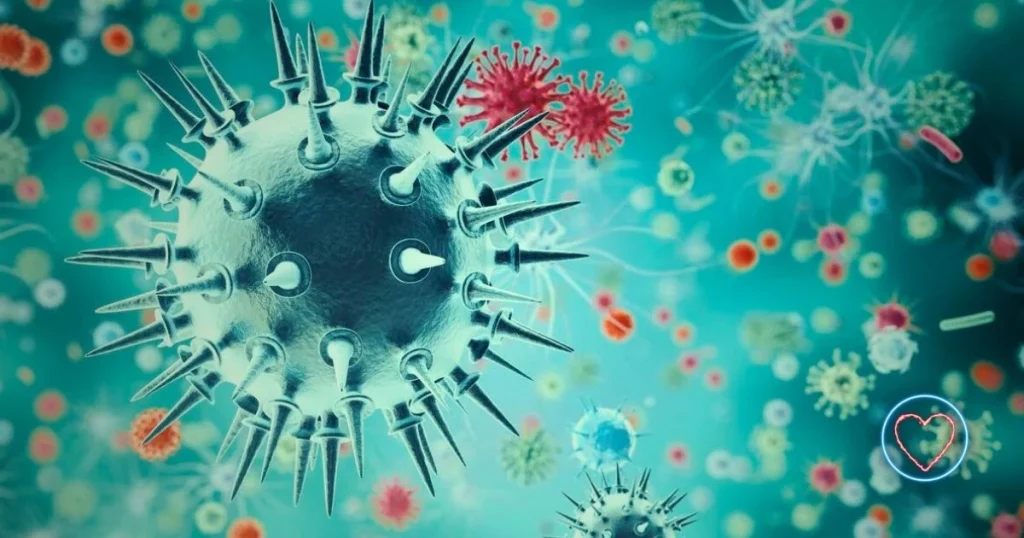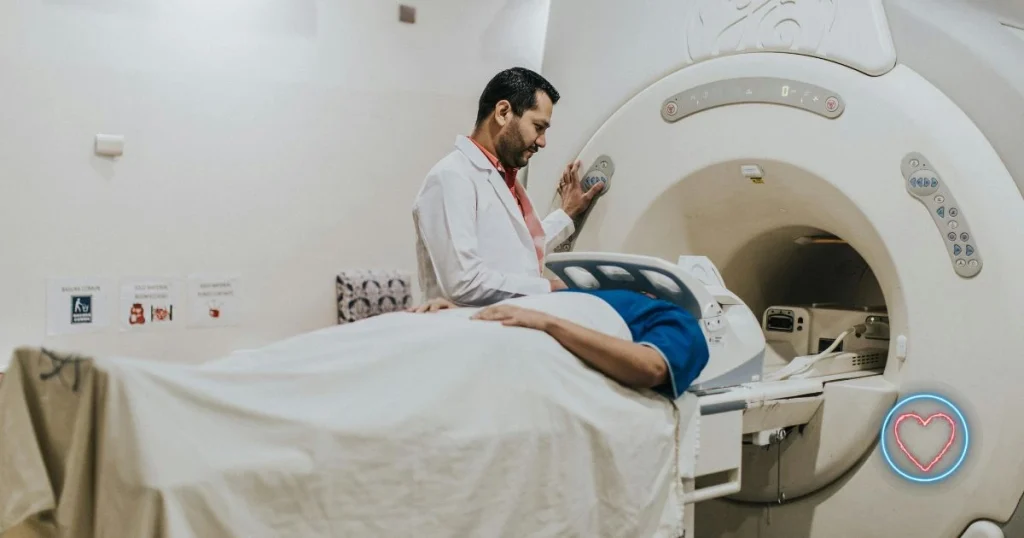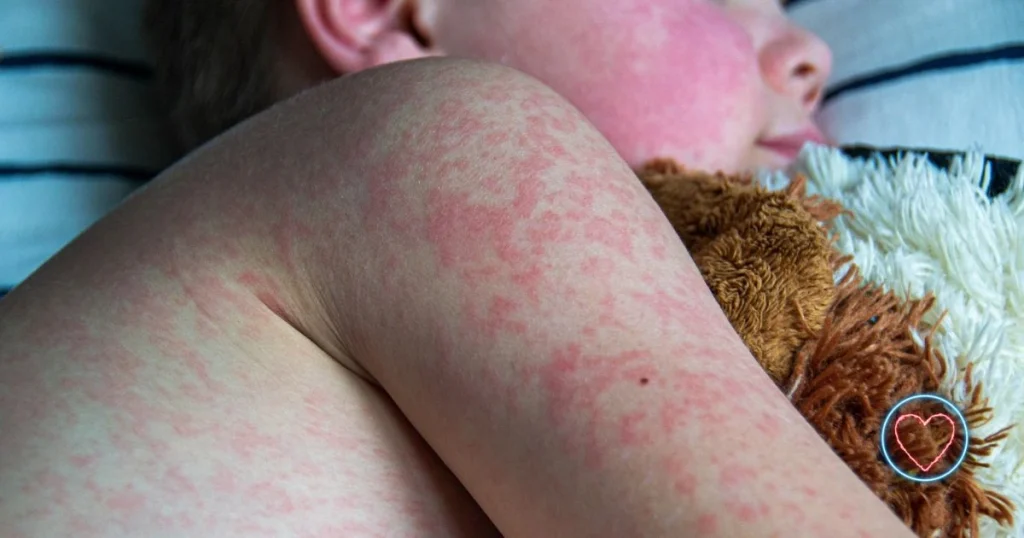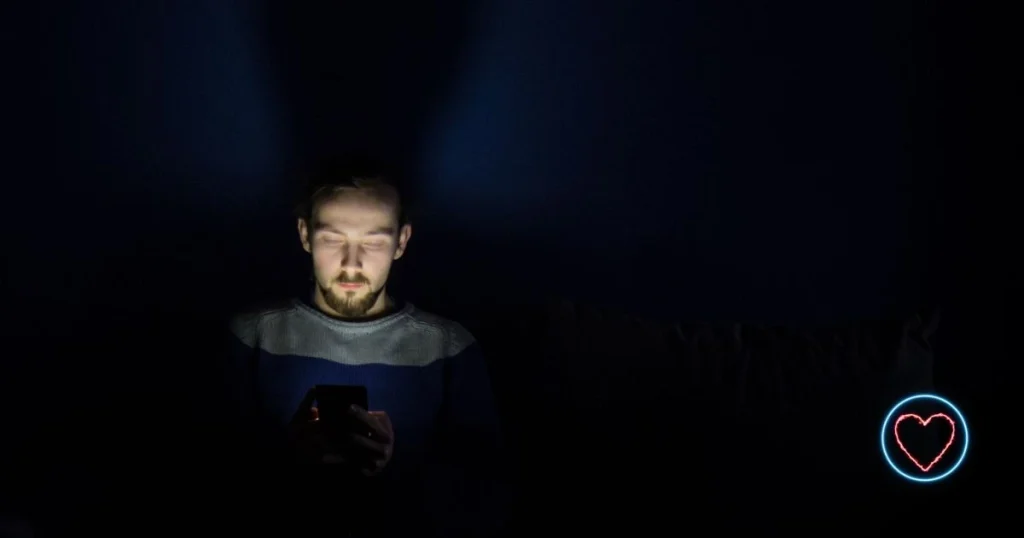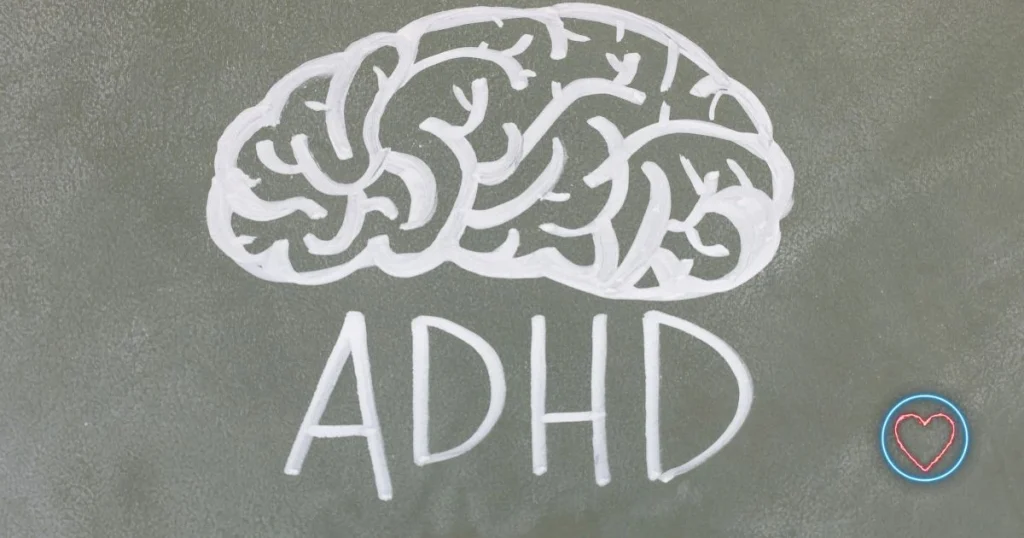Infectious diseases have shaped human history in profound ways—from the Black Death of the 14th century to the COVID-19 pandemic of the 21st. Despite advances in modern medicine, infectious diseases remain one of the most pressing global health challenges. In a world increasingly defined by interconnectedness, climate change, antimicrobial resistance, and population displacement, infectious diseases continue to evolve, re-emerge, and surprise us.
This article explores the state of infectious diseases today, the underlying causes of their persistence and resurgence, the most pressing modern threats, and what the global community must do to mitigate their impact.
What Are Infectious Diseases?
Infectious diseases are illnesses caused by pathogens—bacteria, viruses, fungi, or parasites—that invade and multiply in the human body. Unlike non-communicable diseases, infectious diseases can spread from person to person, through contaminated food or water, by insect bites, or contact with animals.
Some common infectious diseases include:
- Influenza (flu)
- Tuberculosis (TB)
- HIV/AIDS
- COVID-19
- Malaria
- Measles
- Hepatitis
While many infectious diseases can be prevented or treated, new ones are constantly emerging, and old ones are reappearing in surprising ways.
A Brief History of Infectious Disease Outbreaks
History is riddled with pandemics that changed the course of civilization:
- The Black Death (1347–1351): Killed an estimated 25 million people in Europe.
- Spanish Flu (1918): Infected one-third of the global population, killing over 50 million.
- HIV/AIDS (1980s–present): More than 40 million deaths and counting.
- COVID-19 (2019–present): Over 7 million deaths and massive societal disruption.
These events underline the reality that infectious diseases are not relics of the past—they are ongoing and evolving threats.
Why Infectious Diseases Are Resurging
Despite medical progress, several factors are fueling the resurgence and spread of infectious diseases in the modern world:
1. Globalization and Travel
Modern air travel allows a person to move across continents in less than a day. This rapid movement enables diseases to spread quickly and widely before detection. The 2003 SARS outbreak and 2020 COVID-19 pandemic both exemplify this.
2. Climate Change
Warming temperatures and shifting precipitation patterns are expanding the habitats of disease vectors like mosquitoes and ticks. As a result, diseases such as malaria, dengue, and Lyme disease are moving into new regions.
3. Urbanization and Overcrowding
High population densities in urban slums provide ideal conditions for the transmission of airborne and waterborne diseases. Poor sanitation, limited healthcare, and inadequate infrastructure compound the risks.
4. Antimicrobial Resistance (AMR)
The overuse and misuse of antibiotics and antifungals in humans and livestock have led to the rise of “superbugs”—pathogens that no longer respond to treatment. The World Health Organization (WHO) considers AMR a top global health threat.
5. Vaccine Hesitancy and Misinformation
In recent years, misinformation has fueled distrust in vaccines, leading to the return of previously controlled diseases like measles. Social media amplifies these narratives, undermining public health efforts.
6. Conflicts and Displacement
War and political instability often lead to the collapse of healthcare systems. Refugees and internally displaced persons frequently live in crowded conditions with poor access to clean water, increasing susceptibility to disease outbreaks.
Case Studies: Recent and Ongoing Threats
1. COVID-19
The coronavirus pandemic exposed vulnerabilities in global health infrastructure. It overwhelmed healthcare systems, disrupted economies, and highlighted the importance of timely data sharing and preparedness.
2. Tuberculosis in Kansas (2024–2025)
Kansas saw an unexpected TB outbreak among farm workers and low-income communities. This resurgence demonstrated that even diseases considered under control can reappear, especially in underserved areas.
3. Measles in the American Southwest (2025)
Fueled by vaccine hesitancy, the U.S. experienced its largest measles outbreak in years. Several states reported hundreds of cases, particularly in schools and unvaccinated populations.
4. Mpox (formerly monkeypox)
First considered a rare zoonotic virus, mpox gained attention globally in 2022 and has continued to spread across countries with little prior exposure. It emphasized the role of global surveillance and rapid response.
Infectious Diseases of the Future: What’s on the Horizon?
The WHO and CDC are closely watching several pathogens with pandemic potential:
- Nipah virus: High fatality rate, no cure.
- H5N1 (Avian flu): Increasing cases among mammals raise pandemic concerns.
- Marburg virus: Causes hemorrhagic fever; recent outbreaks in Africa.
- Drug-resistant gonorrhea: Spreading rapidly and resisting most antibiotics.
Zoonotic diseases—those transmitted from animals to humans—pose especially high risks due to their unpredictability. As humans encroach deeper into natural habitats, the frequency of zoonotic spillovers is likely to increase.
The Role of Technology in Combating Infectious Diseases
Modern science has dramatically improved our ability to detect, respond to, and manage infectious diseases.
1. mRNA Vaccines
The success of mRNA vaccines in fighting COVID-19 has opened the door to rapid vaccine development for other diseases such as Zika, RSV, and even HIV.
2. AI and Predictive Modeling
AI tools are being used to predict outbreaks, map transmission routes, and analyze large-scale data from hospitals and labs.
3. Genomic Surveillance
Tools like genome sequencing allow scientists to track mutations in pathogens in real time. This helps tailor treatments and update vaccines, as seen with the SARS-CoV-2 variants.
4. Telemedicine
During outbreaks, telemedicine ensures that patients continue to receive care while reducing hospital crowding and limiting the spread of infection.
Building a Better Response: What Needs to Change?
Despite the tools available, our global response systems remain inadequate. Several reforms are urgently needed:
1. Strengthen Public Health Infrastructure
Investing in primary care, public health staffing, laboratory networks, and community outreach is critical. Many countries, including the U.S., suffer from underfunded health departments.
2. Global Surveillance and Cooperation
Diseases do not respect borders. Surveillance systems like the Global Influenza Surveillance and Response System (GISRS) must be expanded to cover a wider range of pathogens.
3. Equitable Vaccine Distribution
COVID-19 exposed the inequalities in vaccine access. A better global strategy is needed to ensure that life-saving technologies are not hoarded by wealthier nations.
4. Public Education Campaigns
Fighting disinformation is as important as fighting disease. Trusted communication, community engagement, and science literacy must be central to health campaigns.
5. Prepare for Antimicrobial Resistance
New antibiotics must be developed alongside stewardship programs that encourage responsible use. The agricultural sector must also limit its reliance on antibiotics.
The Human Cost of Inaction
Infectious diseases don’t just strain healthcare systems—they disrupt economies, displace communities, and erode social cohesion. A single outbreak can shutter schools, devastate industries, and push millions into poverty.
Consider the impact of Ebola in West Africa, which caused over 11,000 deaths but also destroyed healthcare infrastructure, reducing access to maternal care and chronic disease treatment for years. Similarly, COVID-19 led to mental health crises, learning loss, and spikes in domestic violence.
Each outbreak, whether large or small, leaves lasting scars. Yet, much of this pain can be avoided with proactive investment in prevention and response.
Conclusion: Turning the Tide
The threat of infectious diseases is ever-present and evolving. But so is our ability to fight back.
From vaccines to AI, from global health partnerships to grassroots campaigns, humanity has the tools to prevent the next pandemic—if we choose to use them wisely. The key lies in proactive governance, equitable access, scientific innovation, and, above all, global solidarity.
In the end, infectious diseases are not just a scientific challenge—they are a societal one. How we prepare today will determine how we survive tomorrow.
